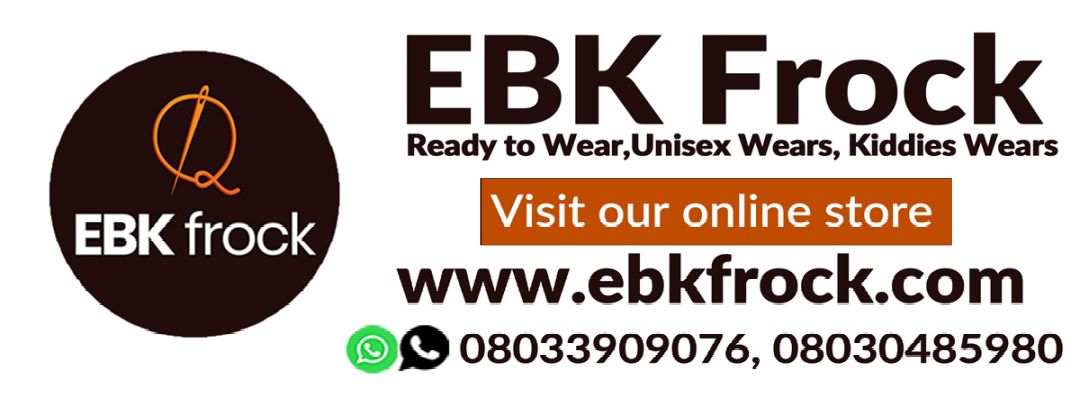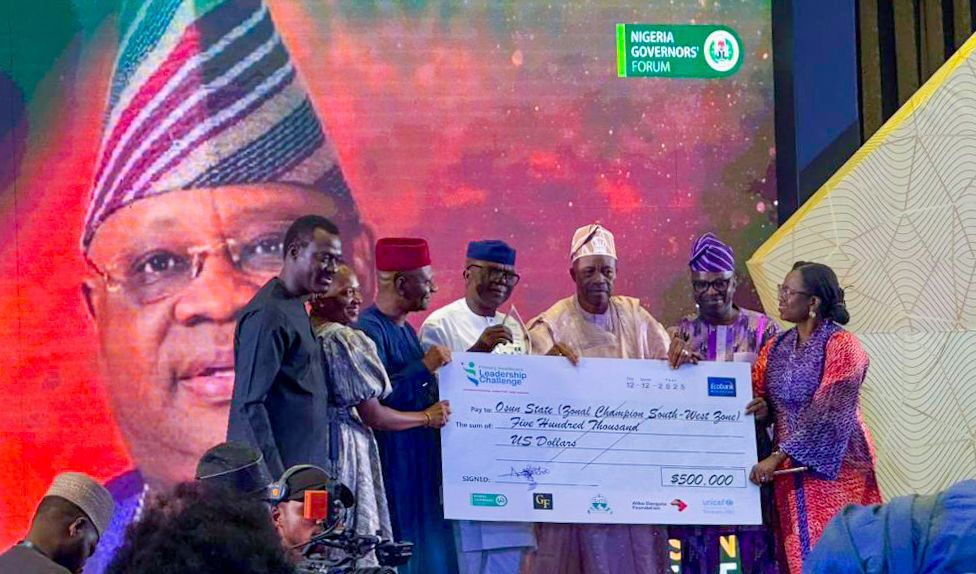



Work on the African Development Bank-financed ‘4th Abidjan bridge’ is 62% complete.
This majestic structure, laid out on the right flank of the Attécoubé commune in central Abidjan, is gradually taking shape and its future users can now see it from a good distance. The “fourth bridge” of the Ivorian economic capital, currently under construction, is more than halfway complete, barely three years after its 2018 launch. When completed, the bridge should ease traffic congestion around the western suburb of Yopougon, the largest community in Côte d’Ivoire, with roughly two million inhabitants.
Amadou Konaté, an intra-city cab driver and resident of Yopougon, regularly glimpses at the uncompleted structure whenever he drives through the suburb. “Getting out of Yopougon is often a nightmare,” he says. Whenever the main road (the northern highway) jams with traffic, the day starts badly because you can lose at least two hours getting out in the morning, and almost as much when returning in the evening.
“Once the fourth bridge is complete, I don’t think we will give the authorities time to inaugurate it. We will drive on it right away,” says Konaté, eager to take a less congested route.
Mathurin Agnimel is a civil servant. He leaves home incredibly early to reach his workplace in the Plateau business district. He says: “If I want to be at work on time, I must leave Yopougon at 5:30 a.m. That is the only time one can avoid traffic jams. I arrive at 6:15 a.m. at most to start work at 7:30 a.m. Suppose I leave the neighborhood at 6:00 or 6:30 a.m. I will certainly arrive here at 8:30 a.m. or even 9:00 a.m.”
Agnimel emphasizes, “We will have enormous relief once the project is complete. It will be much easier for civil servants to reach Plateau and traders to reach the Adjamé community. I would even say it will be a shortcut for accessing other suburbs.”
The African Development Bank is financing the project with CFAF 155.80 billion ($263.7 million). Building the “4th bridge” in Abidjan is part of a comprehensive project to strengthen transport infrastructure, to decongest the city.
After a slowdown in the pace of work due to Covid-19 disruptions, construction is now progressing steadily, with plans to hand over the completed bridge by the end of 2022 at the latest.
“The project is 62% complete. Some 800 meters of the bridge over the lagoon have been laid out of a target of 1.4 kilometers. And, taking into account some new adjustments to be made right up to the fire station in Adjamé, the bridge will finally extend over a distance of 2.4 kilometers,” explains Serge Paterne Keugongo, head of the Structures Unit of the Road Management Agency.
The scope of works on the “4th bridge” has been modified to include a Bus Rapid Transit (BRT) system as part of the Abidjan urban mobility project, funded by the World Bank. The first 600-meter segment of the bridge was modified from 2×3 lanes to 2×4 lanes to dedicate one lane in each direction to BRT. On the Adjamé side, the second part of the structure, initially planned as a 2×2 lane highway over 800 meters, will be widened to 2×3 lanes. The other works entail the construction of a 2×3 lane roadway between the end of the Boribana interchange and Indénié stretching 950 meters.
“There has been a significant improvement in the construction of the infrastructure as a whole, especially in the area of road infrastructure where good implementation rates have been recorded,” says Philippe Munyaruyenzi, project manager at the African Development Bank.
In addition to decongesting traffic, the project will facilitate access, improve neighborhoods’ sanitation, and help create about 100,000 jobs.

The African Development Bank co-financed the Abidjan Urban Transport Project with $629.49 million, or 74% of the total project cost. The project comprises the construction of six interchanges, 88 kilometers of expressways, and the renovation of 89 intersections. Other co-financiers are the Ivorian Government (17%), the Japanese International Cooperation Agency, JICA (8%) and the Global Environment Facility (1%).
“Rocade Y 4”, another way to relieve congestion

Designed as a bypass route, ‘Y4’ objective is to improve urban transport flow within and outside Abidjan
Under construction in recent years, the city of Abidjan has been transformed, but not only by completing its “4th bridge”. On its main East highway, the Ivorian economic capital is connected through the construction of the road called “Rocade Y 4”. From the Cocody-Riviera district to the Anyama community, a 26-kilometer-long road is being designed. The works, carried out as part of the Abidjan Urban Transport Project are 60% complete, according to the Road Management Agency. The “Rocade Y 4” will have 14 bridges and interchanges divided into five lots for its construction. Designed as a bypass route, its objective is to improve urban transport fluidity within and outside Abidjan.



